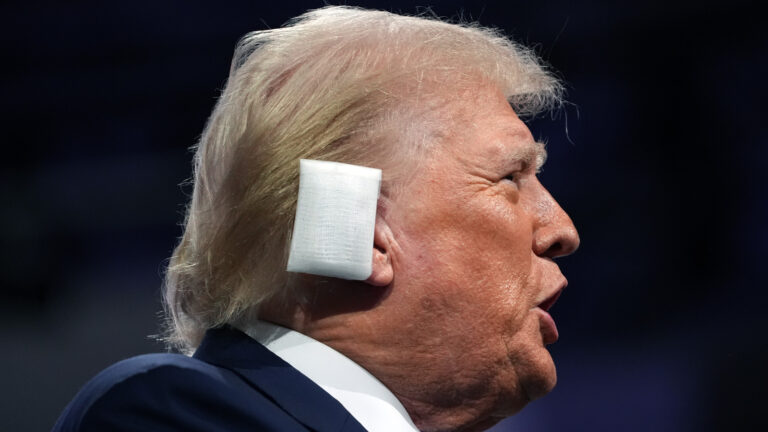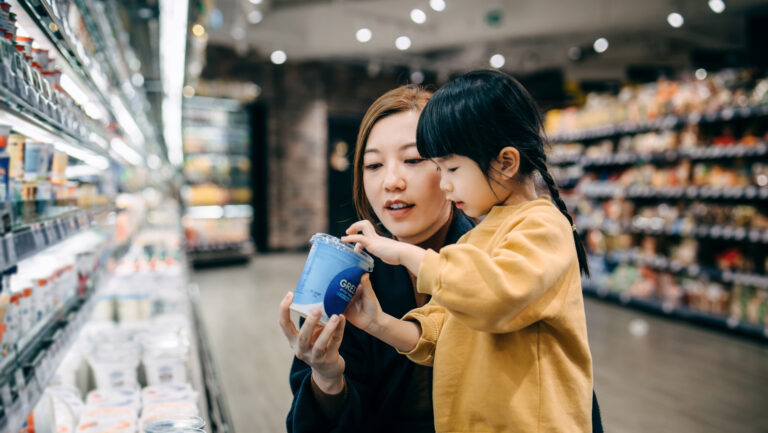
The best way to describe autophagy is to say that it’s a process of self-cleaning that happens within the human cell when the cell is still salvageable. This is a natural process that occurs when we’re alive. The enzymes inside a lysosome set to work on old or damaged organelles within the cell in a process called “autophagy” which translates to “eat its own self” or “self-eating”. There is even a process where certain components that get released during this self-eating process are re-used by the cell. Autophagy is also useful for cell survival because the enzymes within the lysosome help provide necessary nutrients to a cell that needs them. This housekeeping and self-nourishing function of the enzymes is being studied for disease prevention and treatment.
With autolysis (the destruction of a cell via its own enzymes that mostly happens in dying or dead cells), the work of the lysosome is not to restore a cell back to its health but to break it down in its entirety. This happens because the cell is beyond salvaging and/or dying. It’s a natural part of decomposing. The enzymes’ activity is particularly rampant in lysosome-rich areas like the pancreas, stomach, liver, and brain.
Autolysis precedes the strange fart phenomenon that happens to your body after death, when your gut bacteria, unchecked by a functioning immune system, start digesting your intestines and other tissues, releasing gases like methane and ammonia.























